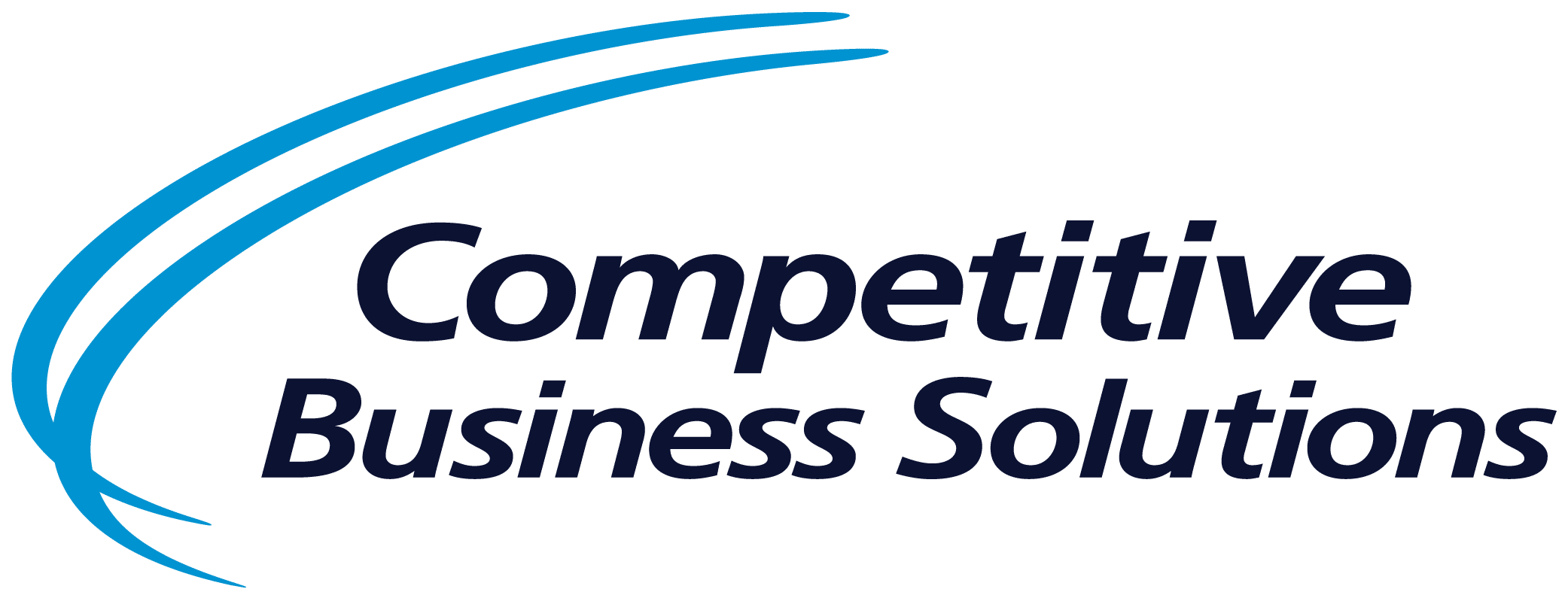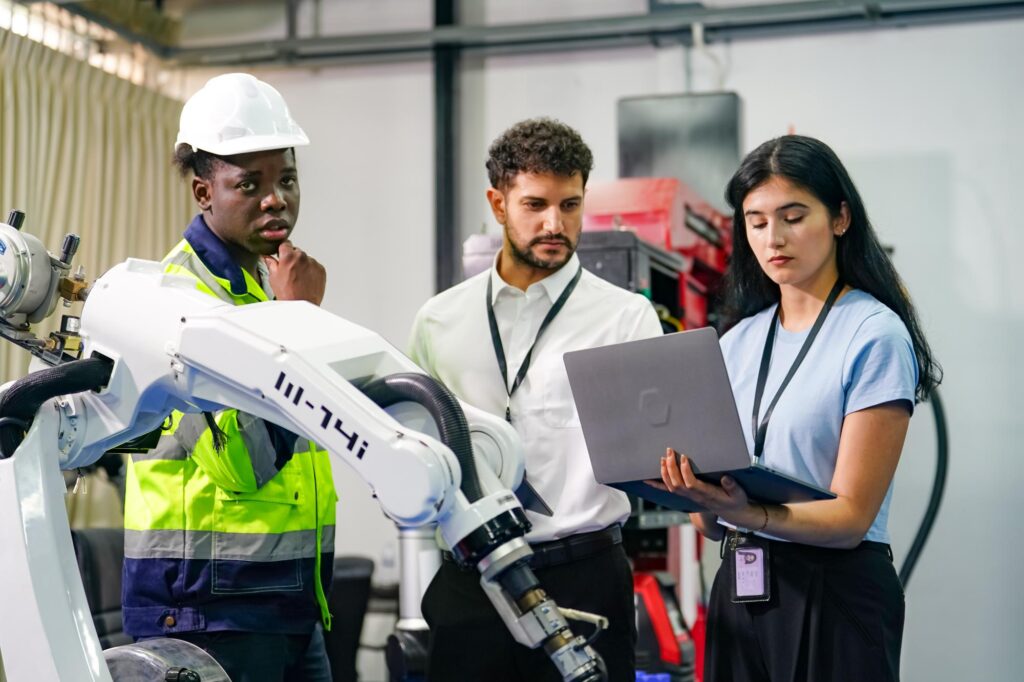It is common for organizations to run into the everyday routines with the same problems affecting production, processes, or services, and learn to cope and live with them for months or even years. Ever ask yourself how your organization got there in the first place? Even more important, is there a way out of this vicious circle?
Different types of problems will creep up in the workplace without warning—unfortunately, we tend to push them away by thinking we will have more time later to deal with them. Very quickly, you will realize that the burden and resources needed to keep the daily rhythm going become so big that people start to burn out. The commonly known “firefighting” term is one that has become encrusted in far too many organizations’ cultures and one that is sometimes difficult to overturn. But do not lose hope—it can be done. However, you need to make a conscious decision and provide the time for your team to address the issues in a scheduled and process-driven way. Here are some tips that can help you go from “firefighting” to problem solving, and reverse the downward spiral.
- Training
Always make sure you have the proper training on the tools to be implemented. Creating a critical mass of employees who understand the use and methods of problem solving is a key first step. If you have experts within your organization, free them up to help facilitate both in-class and practical training of various team members. If you do not have that expertise on site, consider acquiring the capability either through hiring or outside services that can provide the training. Here is a helpful link to CBS training services: cbsteamdev.wpengine.com/training-solutions/. - You Need Data
As illogical as it sounds, some companies rely completely on tribal knowledge to address problems. It is important to shift from tribal knowledge to data driven decisions by starting to collect hourly, daily, and weekly data as problems arise. This will allow the team to be able to determine visually which issues are occurring more often and which are creating the biggest impact. Always rely on data and keep the classic “I think…” or “I feel…” responses out of the mix. Use Pareto charts to make the problems visually apparent. - Use the Right Tool
One of the most important aspects of creating a problem-solving culture is the tool to be used for the task. I have seen companies try to solve every issue with the same tool. It is like trying to fix a broken engine using only a hammer! It will not work. There are several tools to solve problems; it can be as simple as a brainstorm session with the right people, a 5W, Cause and Effect Diagrams, or—if the problem is more complex—a full team doing an 8D. Train the right people on the right tool and use it! Remember, practice makes perfect. - Execute Solutions
A good portion of companies do all the leg work to track, record and even analyze data, only to fall short on the execution phase. If you find yourself in this position, sooner rather than later, your entire team will stop doing the heavy lifting associated with data analysis and you will lose the opportunity to shift into a problem-solving culture. Once you have reached the critical few solutions backed up by data, follow through and implement.Is there a chance that it will not fix the problem completely? Yes. Use this as a chance to re-assess and continue to drive solutions. But do not give up! To create a culture, you need to be disciplined all the way through. Soon, your team will build confidence in their abilities, and problem solving will be part of the day-to-day tasks. - Standardize
Once your team makes problem solving a part of their routine, make sure the method is standardized. Create the appropriate documents, continue training and make the new normal a part of each new hire’s induction. For example, when Toyota hires a new employee, they make sure these new associates do two things: Follow the standard work practice and find a way to improve it. This last statement, although the hardest to achieve, will guarantee a problem-solving culture is sustained. - Preventive Problem Solver
The only way you can reduce the amount of time and effort dedicated to solving problems is if you purposely make them disappear. For example, if you found a problem in one machine and were able to fix it, replicate that experience with all other similar machines so the problem doesn’t appear again where you are not expecting it. Being proactive in reducing the risk of known issues appearing elsewhere should become the next step in the standardization. Your team will appreciate not feeling rushed and under pressure every day, and your process will become easier to manage.
Remember, this will take time to develop and mature—you cannot run a marathon if you have not trained at all, right? My colleague, David Hoffman, wrote “A Practical Approach to Problem Solving,” which gives a more detailed approach to problem solving and can be found on CBS’s website at here.
In conclusion, your “firefighting” days will be over the minute you decide to start shifting to a problem-solving culture. It will not be immediate — just as a ship takes a long time and distance to make a turn — but it all starts with the first step, which is the decision to change direction. Make sure you give your team the necessary tools to fix issues and start with simple ones … baby steps. Train, train and train — repetition creates muscle memory. Track data, as it is the only way to really know if you are winning the game. Lastly, do all you can to prevent problems. It is completely different to spend time preventing a problem than having a problem stop your process altogether.



